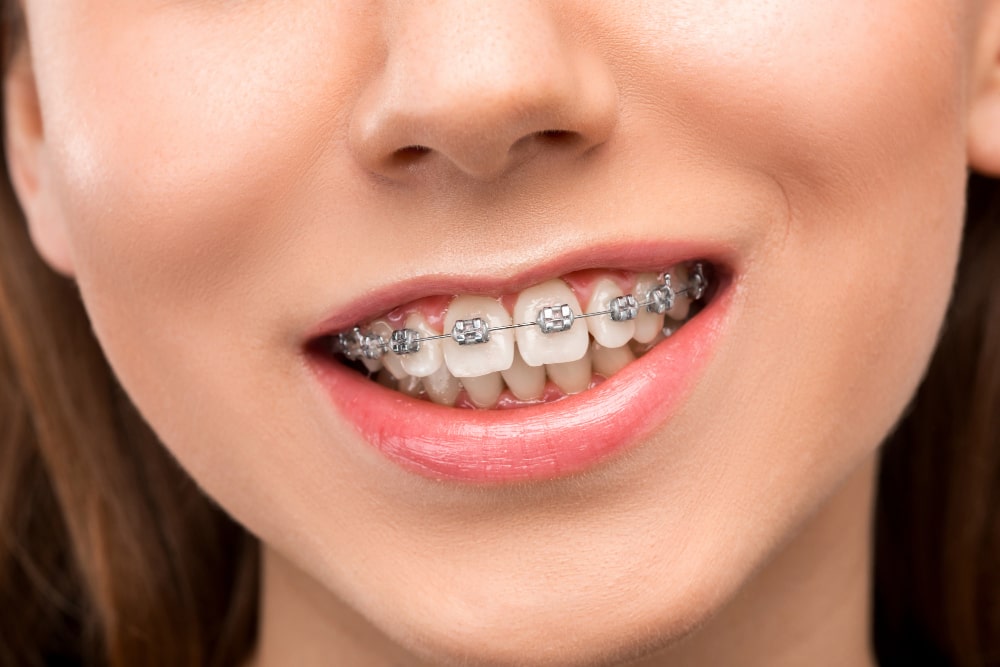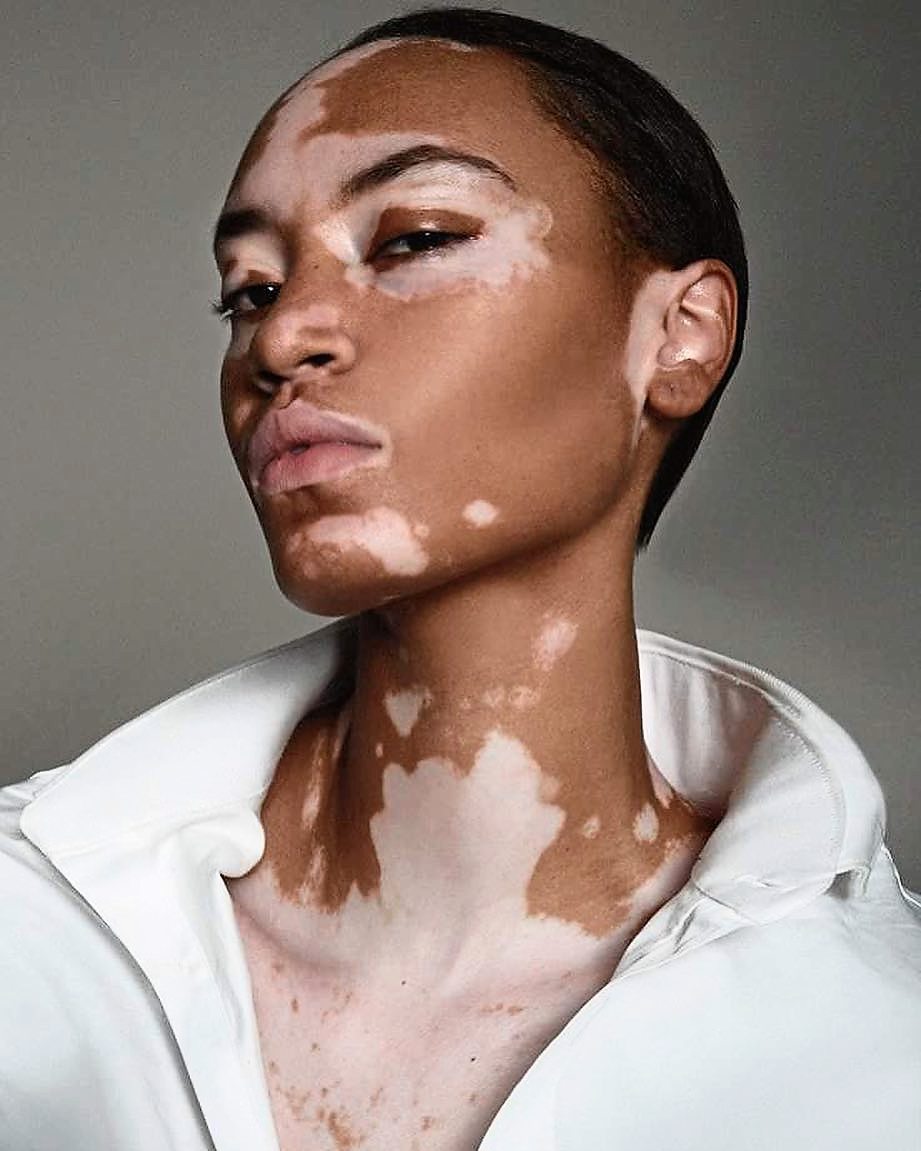Maintaining the cleanliness of your Invisalign aligners is crucial for both oral hygiene and ensuring the effectiveness of your orthodontic treatment. Unlike traditional braces, Invisalign aligners are removable, making it easier to maintain oral hygiene. However, this also means they require regular cleaning to prevent discoloration, odor, and the buildup of bacteria. This guide will walk you through the best practices and techniques for keeping your Invisalign aligners spotless and fresh.
Why Cleaning Invisalign is Important
Wearing Invisalign aligners for the recommended 20-22 hours a day means they are constantly exposed to the bacteria in your mouth, as well as any food and drink you consume. If not cleaned properly, aligners can become a breeding ground for bacteria, leading to bad breath, tooth decay, and gum disease. Additionally, stained or dirty aligners can be unsightly, defeating one of Invisalign’s main advantages—its invisibility. Therefore, knowing how to clean Invisalign aligners is essential to maintain their clarity and prevent any oral health issues.
Daily Cleaning Routine
Rinse Immediately After Removal
As soon as you remove your aligners, rinse them with lukewarm water. This helps to wash away saliva and plaque that may have accumulated. Avoid using hot water, as it can warp the plastic and affect the fit of your aligners.
Brush and Floss Your Teeth
Before reinserting your aligners, it’s essential to brush and floss your teeth. This removes food particles and plaque, preventing them from becoming trapped under your aligners and causing decay or bad breath.
Brush Your Aligners
Using a soft-bristled toothbrush, gently brush your aligners inside and out. Do not use toothpaste, as it can be abrasive and scratch the plastic, making the aligners more visible. Instead, use a clear, antibacterial soap or a special Invisalign cleaning solution.
Deep Cleaning Methods
Invisalign Cleaning Crystals
One of the most effective ways to clean your Invisalign aligners is using Invisalign Cleaning Crystals. These are specially formulated to remove plaque and bacteria from the aligners. To use them, dissolve the crystals in water, soak your aligners for the recommended time (usually 15-30 minutes), and then rinse thoroughly.
Baking Soda Solution
A homemade baking soda solution is a gentle and effective alternative for cleaning your aligners. Mix a teaspoon of baking soda with a cup of water and soak your aligners for 15-30 minutes. Baking soda has natural antibacterial properties and can help remove stains without scratching the aligners.
Hydrogen Peroxide Solution
Hydrogen peroxide is another option for disinfecting your aligners. Mix equal parts hydrogen peroxide and water, then soak the aligners for about 15 minutes. After soaking, rinse the aligners thoroughly with water. This solution is excellent for removing bacteria and whitening the aligners.
White Vinegar Solution
White vinegar is a natural disinfectant that can be used to clean your Invisalign aligners. Mix one part white vinegar with three parts water and soak the aligners for 15-30 minutes. Vinegar helps to dissolve tartar and remove stains. Be sure to rinse the aligners thoroughly afterward to remove any lingering vinegar taste.
Things to Avoid When Cleaning Invisalign
Hot Water
Never use hot water to clean your aligners. The high temperature can warp the plastic, causing the aligners to lose their shape and fit improperly.
Colored Soaps and Toothpaste
Avoid using colored soaps, as they may stain the aligners. Similarly, toothpaste can be abrasive and may scratch the clear plastic, making your aligners more noticeable.
Mouthwash
Mouthwash contains alcohol and other chemicals that can damage or discolor your aligners. It’s best to avoid soaking your aligners in mouthwash.
Harsh Chemicals
Do not use bleach or other harsh chemicals to clean your aligners. These can damage the plastic and pose health risks.
Best Practices for Maintaining Clear Aligners
Avoid Staining Foods and Drinks
To keep your aligners clear and free of stains, avoid consuming foods and drinks that can discolor them, such as coffee, tea, red wine, and berries. If you do consume these, make sure to brush your teeth and clean your aligners before reinserting them.
Store Aligners Properly
Always store your aligners in their case when you’re not wearing them. This protects them from bacteria, dust, and damage. It also reduces the risk of losing them.
Regular Dental Check-Ups
Regular check-ups with your dentist or orthodontist are essential to monitor your progress and ensure that your aligners are clean and fit properly. Your dentist can also provide professional cleanings for your aligners if necessary.
FAQs
How often should I clean my Invisalign aligners?
You should clean your Invisalign aligners every time you remove them and at least twice a day—once in the morning and once before bed.
Can I eat with my Invisalign aligners in?
No, you should always remove your aligners before eating to avoid damaging them and prevent food from getting trapped between your teeth and the aligners.
Can I use toothpaste to clean my Invisalign aligners?
It’s best to avoid using toothpaste, as it can be abrasive and scratch the aligners. Instead, use a mild soap or specialized cleaning solution.
What should I do if my aligners become stained?
If your aligners become stained, you can try soaking them in a mixture of water and hydrogen peroxide, or use Invisalign Cleaning Crystals. Avoid using harsh chemicals or bleach.
Can I use my aligners as a mouthguard?
Invisalign aligners are not designed to function as mouthguards and do not provide the same level of protection. If you need a mouthguard, consult your dentist for a suitable option.
How do I store my aligners when not in use?
Always store your aligners in their protective case when you’re not wearing them. This keeps them clean and safe from damage.




